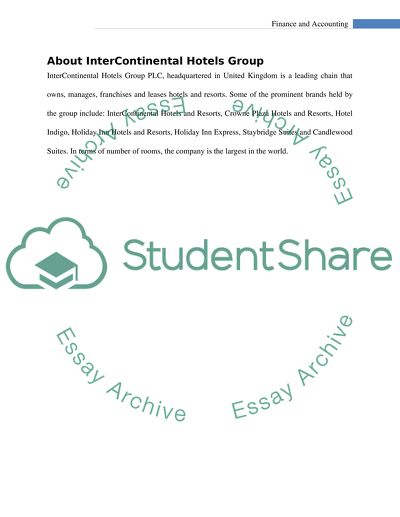Cite this document
(“Financial performance of Intercontinental Hotels Group Plc 2009-2010 Essay”, n.d.)
Financial performance of Intercontinental Hotels Group Plc 2009-2010 Essay. Retrieved from https://studentshare.org/finance-accounting/1585984-financial-performance-of-intercontinental-hotels-group-plc-2009-2010
Financial performance of Intercontinental Hotels Group Plc 2009-2010 Essay. Retrieved from https://studentshare.org/finance-accounting/1585984-financial-performance-of-intercontinental-hotels-group-plc-2009-2010
(Financial Performance of Intercontinental Hotels Group Plc 2009-2010 Essay)
Financial Performance of Intercontinental Hotels Group Plc 2009-2010 Essay. https://studentshare.org/finance-accounting/1585984-financial-performance-of-intercontinental-hotels-group-plc-2009-2010.
Financial Performance of Intercontinental Hotels Group Plc 2009-2010 Essay. https://studentshare.org/finance-accounting/1585984-financial-performance-of-intercontinental-hotels-group-plc-2009-2010.
“Financial Performance of Intercontinental Hotels Group Plc 2009-2010 Essay”, n.d. https://studentshare.org/finance-accounting/1585984-financial-performance-of-intercontinental-hotels-group-plc-2009-2010.


